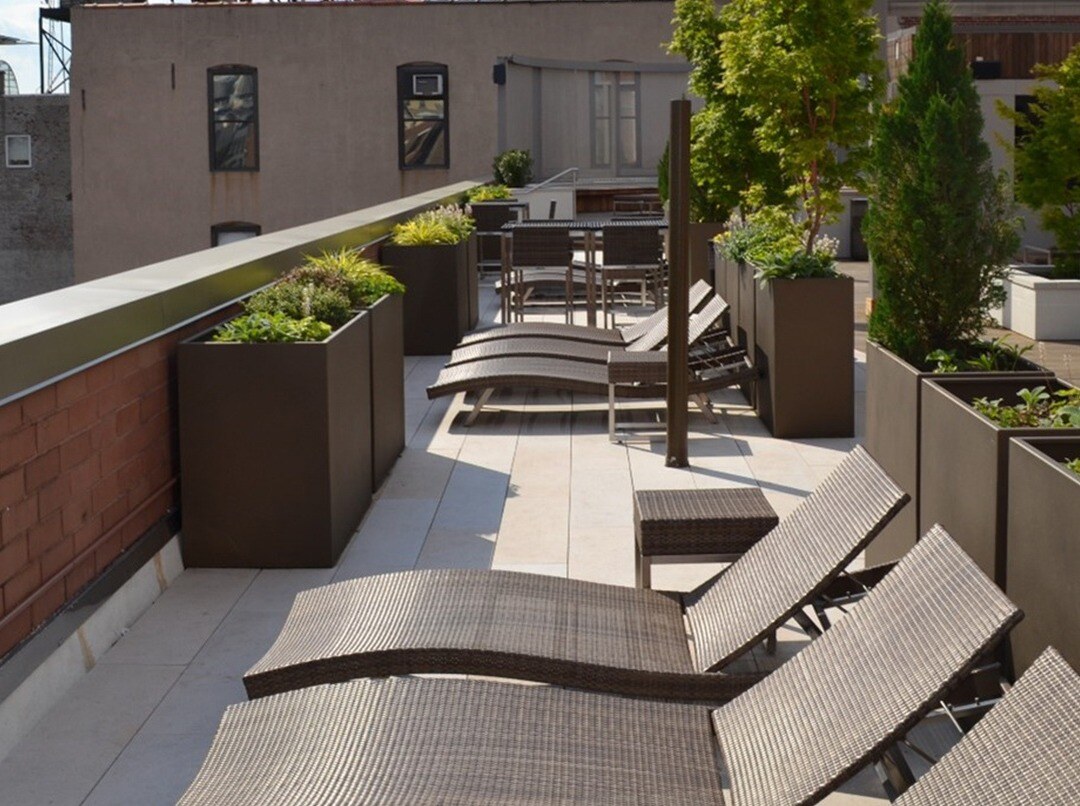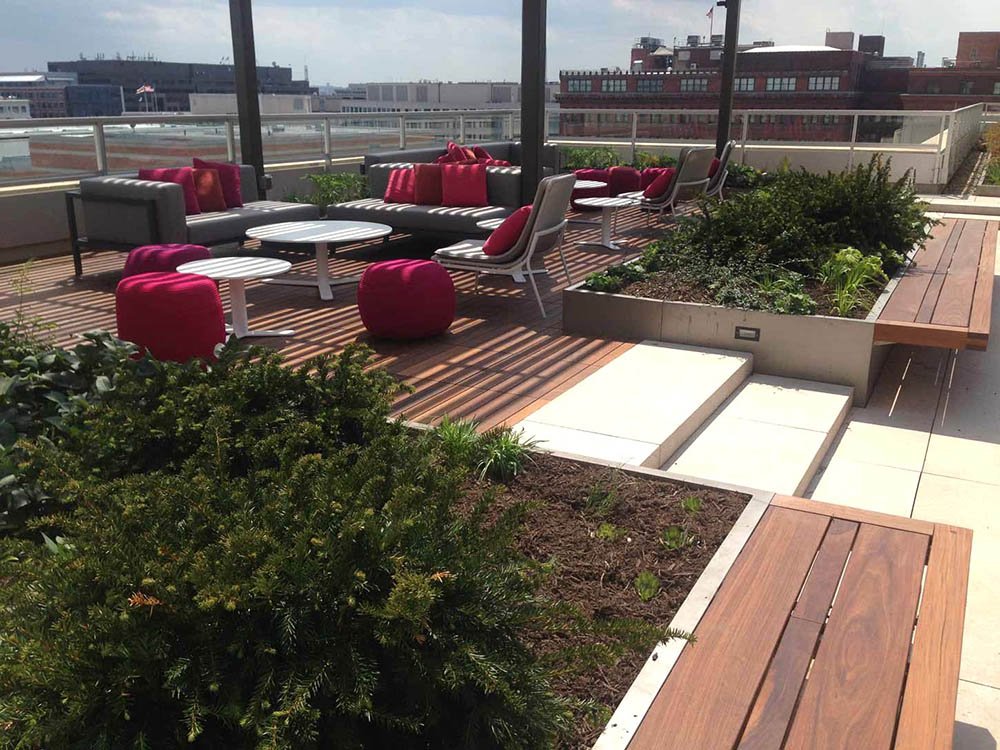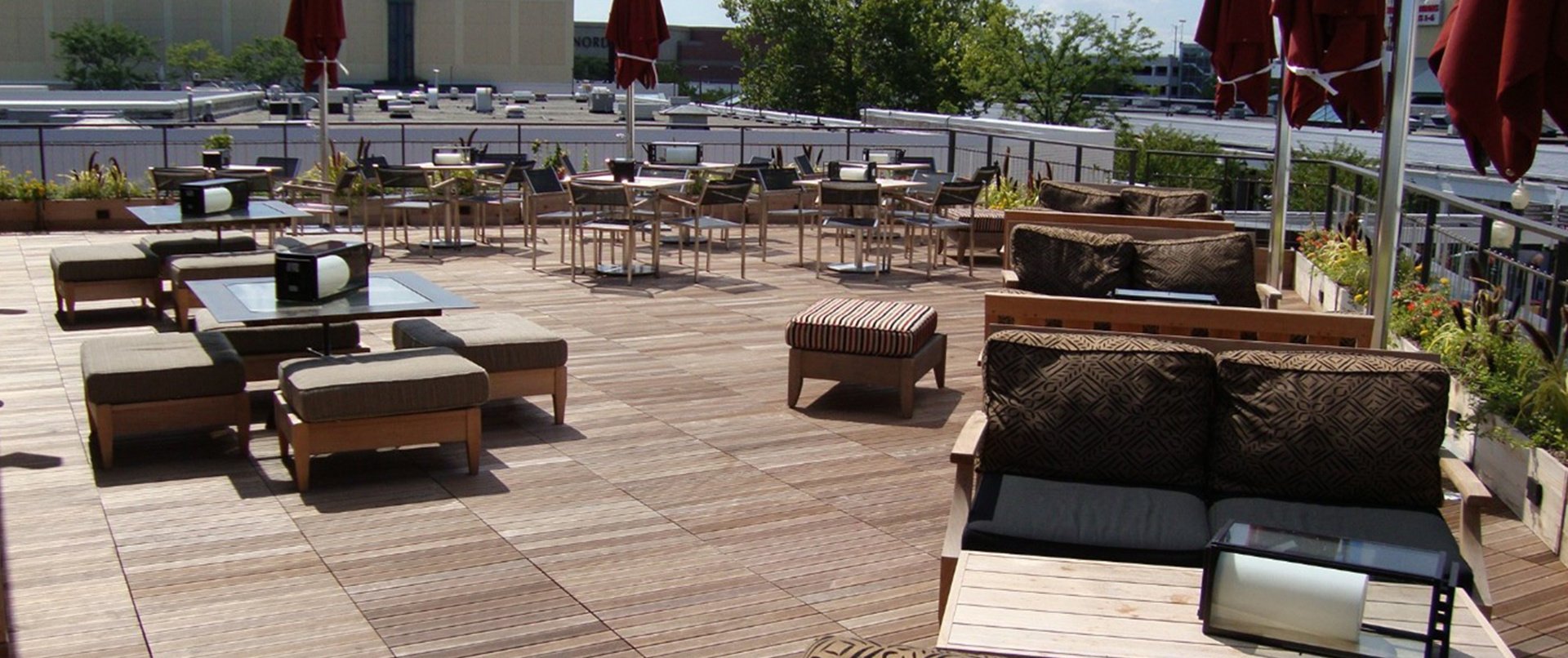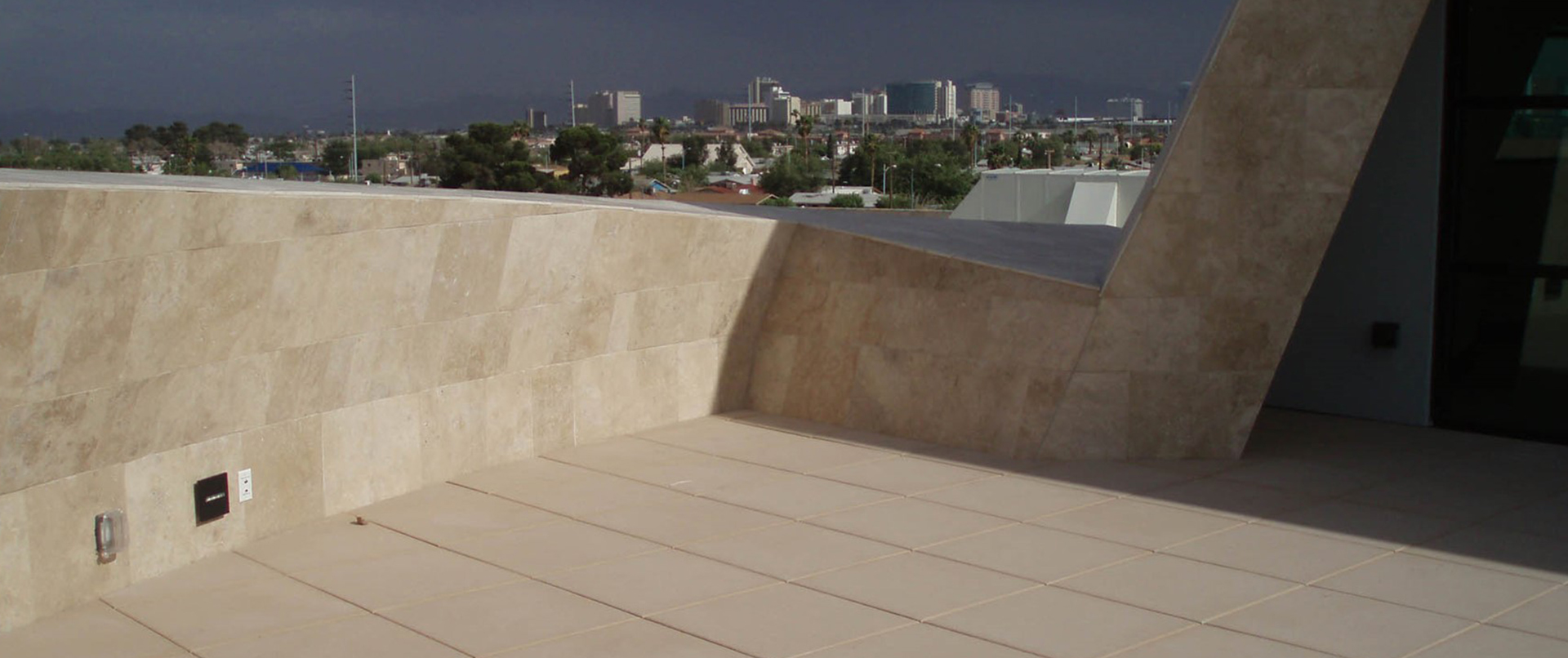Sustainability is an area of increasing focus in architecture and construction, and LEED green buildings are at the forefront of this movement. LEED, which stands for Leadership in Energy and Environmental Design, is an international rating system and designation given to buildings that meet certain criteria for being environmentally friendly. LEED-certified buildings are not only good for the environment but also for the people who occupy them.
What is a LEED green building?
LEED green buildings have been designed and constructed to meet certain criteria set forth by the LEED rating system and have been awarded LEED certification. The goal of LEED is to promote sustainable building practices and reduce the environmental impact of buildings. LEED green buildings are designed to use less energy, water, and other resources, and they generate less waste and pollution.
LEED certification is available for all types of buildings at all phases of development, including new construction, major renovations, and existing buildings. To achieve LEED certification, a project or existing building must earn points by meeting various LEED credit requirements. These prerequisites are grouped into six categories:
- Sustainable Sites
- Water Efficiency
- Energy and Atmosphere
- Materials and Resources
- Indoor Environmental Quality
- Innovation in Design
Buildings and projects attempting to achieve LEED certification are evaluated in each of these categories and given a score based on the number of LEED credits earned.
What is the LEED rating system?
There are various LEED rating systems. The specific rating system that applies to a particular project depends on the type of building and the phase of development. The different LEED rating systems are:
- BD+C: Building Design and Construction
- ID+C: Interior Design and Construction
- O+M: Building Operations and Maintenance
- ND Neighborhood Development
- Homes
- Cities and Communities
How do you become LEED green certified?
To be eligible for LEED certification, projects must accumulate a minimum of 40 points. Depending on the number of points the building or project earns, it's then awarded one of four LEED certification levels:
- Platinum (80+ points): The highest level of LEED certification is awarded to buildings that meet all the requirements for sustainability in each of the LEED categories.
- Gold (60–79 points): This means that a building or project has met the requirements in most of the LEED categories.
- Silver (50–59 points): This means that a building or project has met the requirements in several LEED categories.
- Certified (40–49 points): This means that a building or project that has met the basic requirements for sustainability in at least one LEED category.
Why should you seek LEED green certification?
There are many reasons to seek LEED green certification for your building or project, including:
- LEED projects can attract investors: Sustainability is becoming increasingly important to investors, and LEED-certified buildings can help them meet their ESG goals.
- LEED buildings cost less to operate: LEED-certified buildings are more energy and water efficient, which saves money on utility bills.
- LEED buildings have a smaller environmental footprint: LEED buildings use fewer resources and generate less waste, which reduces their impact on the environment.
- LEED buildings are healthier: LEED buildings provide better indoor air quality, which has been shown to improve occupant health and productivity.
- LEED buildings are more valuable: LEED-certified buildings often sell or lease for more than non-certified buildings and often attract higher-paying tenants.
What is the process for becoming LEED certified?
For your project or building to become LEED-certified, follow these steps:
Step 1. Check the LEED minimum program requirements
All LEED projects, regardless of the rating system, must satisfy the LEED minimum program requirements (MPRs). These state that LEED green buildings must:
- be in a permanent location on existing land
- use reasonable LEED boundaries
- comply with project size requirements
Step 2. Select the LEED rating system
All LEED projects are certified under a single rating system. If several rating systems appear to be appropriate for a project, the 60/40 rule applies:
- Assign a rating system to each square foot of the building.
- Disregard any rating system that's not suitable for less than 40% of the building.
- If a rating system is appropriate for more than 60% of the building, select that system.
- If rating systems are appropriate for 40% to 60% of the building, the project team can decide which rating system is most applicable.
Step 3: Define the LEED project scope and create a LEED project roadmap
Defining the LEED project scope involves stating which rating system will be used, which LEED credits the project will attempt to earn, and what the LEED project boundaries are. Creating a LEED project roadmap is a key step in the LEED certification process. This is a document that outlines the LEED project team's goals, strategies, and milestones for achieving LEED certification.
Step 4: Register the project with GBCI
Before a LEED project can begin the certification process, it must be registered with the Green Building Certification Institute (GBCI), which is the organization that manages LEED certification.
Step 5: Submit an application and supporting documentation
To apply for LEED certification, the project team must submit an application and supporting documentation to GBCI. The supporting documentation includes things such as floor plans, LEED calculation worksheets, and LEED-required third-party documentation.
Step 6: Pay the LEED certification fee
After the LEED application and supporting documentation have been reviewed and approved, the project team must pay a LEED certification fee. The fee is based on the project's size and type.
Step 7: Undergo a LEED review
After the LEED certification fee has been paid, GBCI will assign a LEED reviewer to the project. The LEED reviewer's job is to review the LEED documentation and make sure that the project meets all the requirements for LEED certification.
Step 8: Achieve LEED certification
Once the LEED reviewer has determined that the project meets all the requirements, the project is awarded LEED certification.
Bison supplies products that are manufactured in an environmentally sensitive and efficient manner. Using our products in your project can help you accumulate points in the Materials and Resources category for LEED certification. If you are working on a LEED project, please contact us to learn more about how our products can help you achieve LEED certification.
.png?width=100&height=100&name=BisonIP-logo-PMS425-2023%20(1).png)



